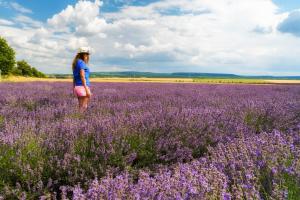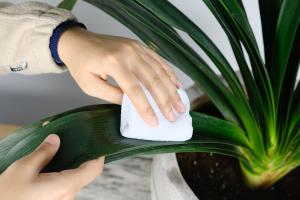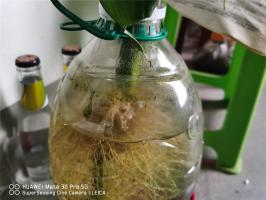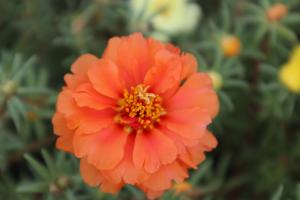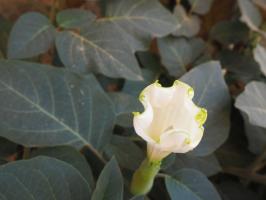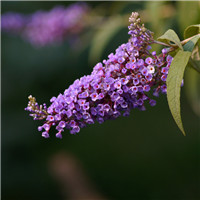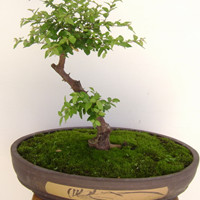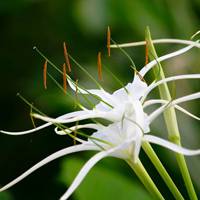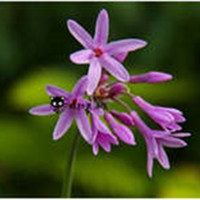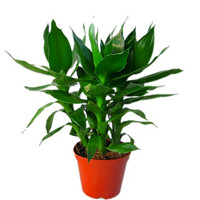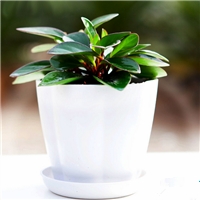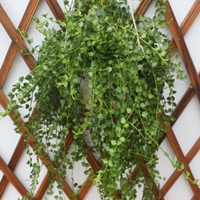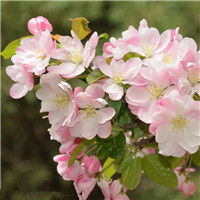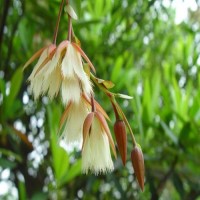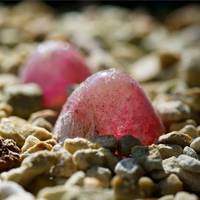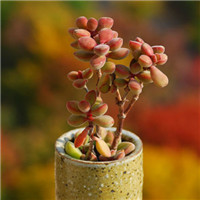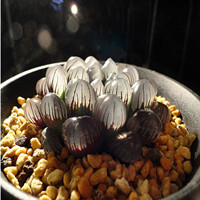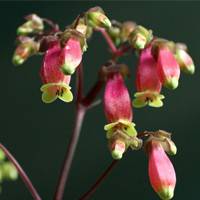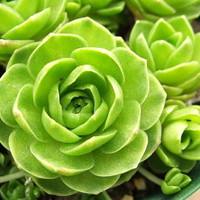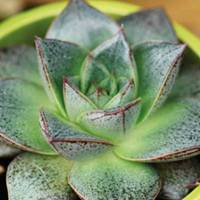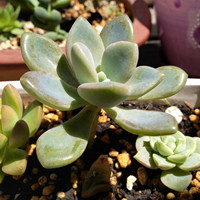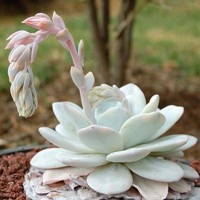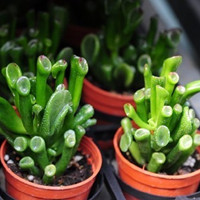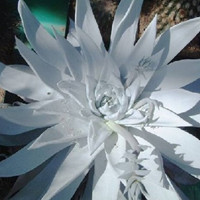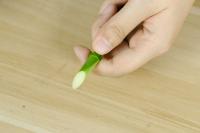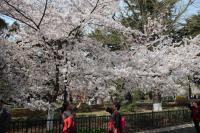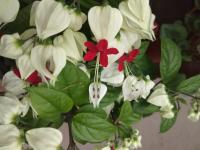Pruning method of Luwei flower at full flowering stage
The flowering period of Luwei flower is from early spring to summer, and summer enters the full flowering period. Therefore, the first pruning is after the full flowering period, and the residual flowers and dead branches and leaves are cut off to ensure the integrity of the plant. The key point is to clean up the residual flowers at any time in the process of flowering, otherwise the rotten insects in the hot summer will be very annoying

Pruning method of Luwei flower at fruiting stage
As an ornamental flower, Luwei flower is the focus of ornamental, but the result will affect the ornamental effect. Therefore, we must control the growth of Luwei flower and prevent it from bearing fruit. In the garden, gardeners usually let the seeds fall off naturally after bearing fruit, and let Luwei flower sow and reproduce by itself. Family breeding is not necessary
After anthesis, the flower stems of the plant shall be cut short to avoid fruiting without affecting the plant growth and normal flowering in the next year

Pruning method of Luwei flower before winter
In autumn, you can hardly see the flowers of Luwei flower. If you trim it properly, the Luwei flower should grow very vigorously at this time. After winter, the temperature in the north is low, and the aboveground branches and leaves will gradually wither. After watering once before winter, cut off the withered parts. According to the actual situation, cover the soil or plastic cloth with appropriate thermal insulation. Next spring will usher in a new embryonic period

Pruning precautions of Luwei flower
In the three times of pruning, pay attention to the strength of pruning. For pruning after the full flowering period, just cut off the withered flowers and branches, and do not prune too much, so as not to affect the growth of the next year; It can be properly re cut before winter. In any case, some of them will wither. Proper middle can speed up the renewal of plants and make the germinating new plants grow more robust

 how many times do yo...
how many times do yo...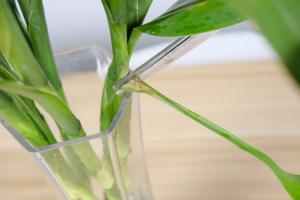 how many planted tre...
how many planted tre...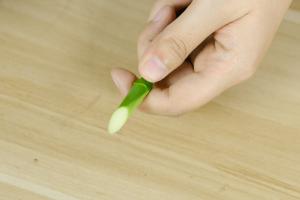 how many pine trees ...
how many pine trees ...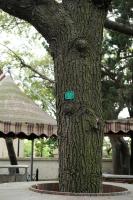 how many pecan trees...
how many pecan trees... how many plants comp...
how many plants comp... how many plants can ...
how many plants can ... how many plants and ...
how many plants and ... how many pepper plan...
how many pepper plan...